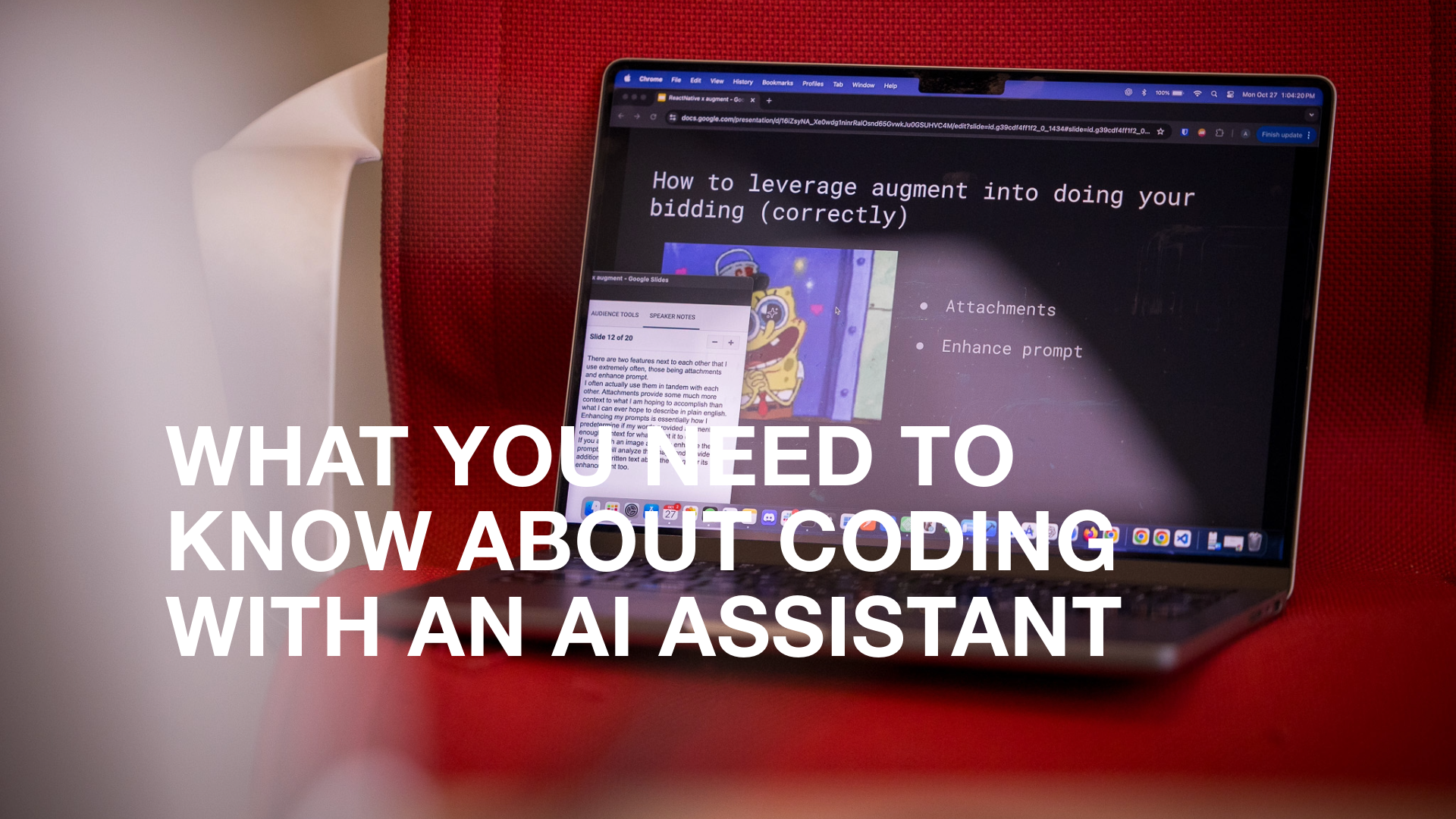If you’ve ever worked on a home renovation project, you’ve probably learned “measure twice, cut once” the hard way. Ensuring you are ready to cut an expensive piece of lumber means double-checking—sometimes triple checking—your numbers before that saw comes down.
The logic behind that metaphor applies to software development too. Instead of measuring, we’re talking about testing. While measuring a cut is simple, testing can often be complex. It includes functional and non-functional testing, manual and automated testing, and sometimes even those that don’t cover every use case.
Testing isn’t only something that happens at the end of a project either. We build test plans into every phase of a project, from accessibility testing during design work to system testing as we’re progressing on app development.
In this post, we’ll talk about the different types of testing and a tool that helped us track down an odd use case we didn’t expect.
What are the different types of testing?
Software testing can be broken down into functional and non-functional testing. Functional tests are designed to verify the functionality of an application, API, or other software projects. Non-functional tests verify things like accessibility, security, and performance.
Examples of functional testing
Examples of non-functional testing
Testing in the field
Even with a dedicated QA team, some edge cases still occur once an application has been released. This can be especially true for an application like BrainFit - Free Habit Tracker since it’s designed to enable users to create various personalized habits.
In this case, our CEO Wes Worsfold encountered an issue in his daily use of the application that our QA team had trouble recreating. While Wes uses an iPhone 14 with the latest operating system, our team couldn’t achieve the same results following the steps provided in the bug report. These types of issues are called edge cases.
Edge cases are issues that happen on specific devices at different times. They’re tough to capture, especially when in development in our testing environments.
We’re always looking for ways to improve our processes—and Wes’s edge case needed a new tool that could provide us with information and insight from a distance. We never know when these issues will occur, so we need to track what the user is doing for long periods.
Our research led us to LogRocket. LogRocket helps find issues faster by logging what a user does in the application, regardless of how long their session is. We can then “replay” what the user was doing to narrow down the steps that caused the application not to work correctly. LogRocket captures everything the user does in the UI and network activity and anything else the application does on the device, such as saving data to a local datastore.
For this testing, we created a unique build of the application for Wes to use. We omitted LogRocket in publicly available versions due to the amount of data it collects.
After a day of usage, we could use the data from LogRocket to track how he entered and managed habits in BrainFit to replicate in development. With the mystery solved, we made updates to the production application and released a new version for users worldwide.
Even while we “measure twice” with a complete test plan, some edge cases will still occur in the field. Tools like LogRocket make it easier to find those edge cases and help us deliver the best user experience for all users on whatever device they’re using.




